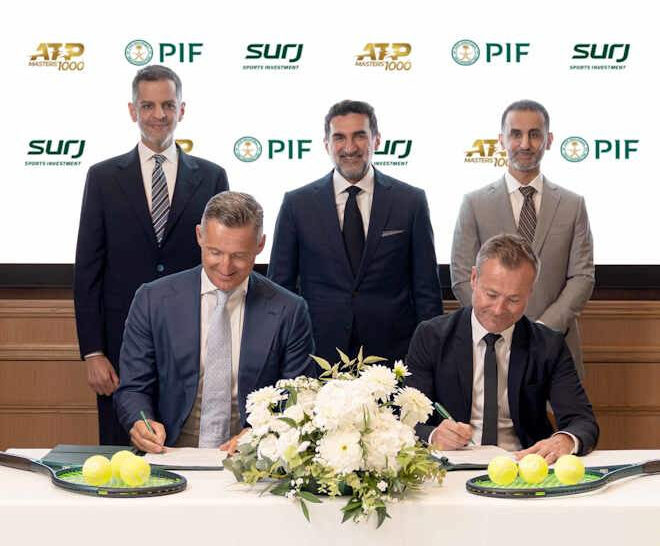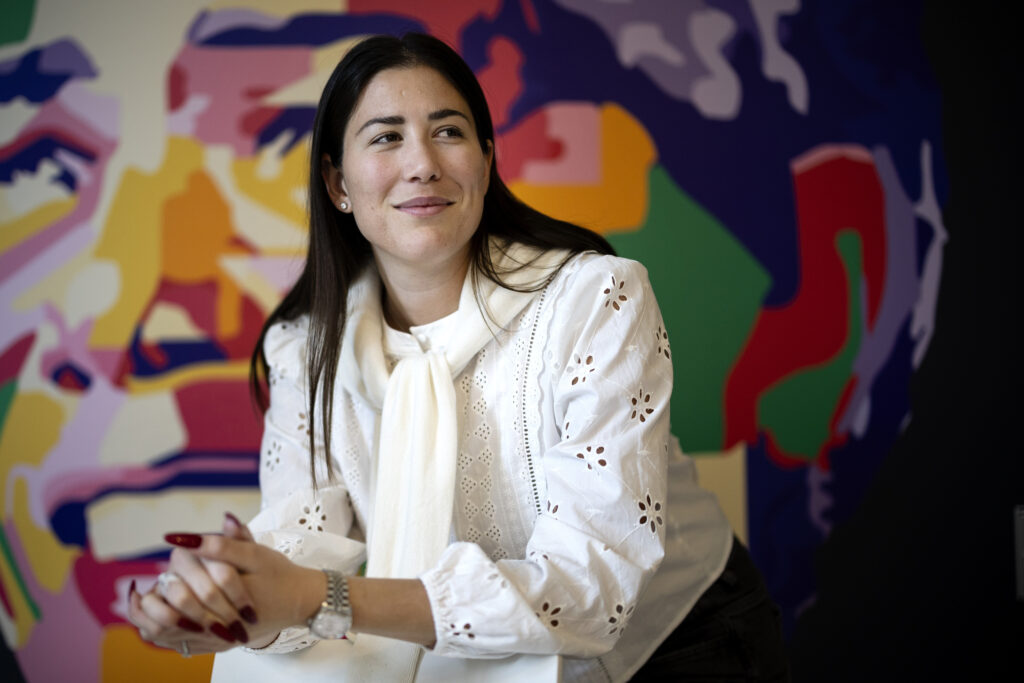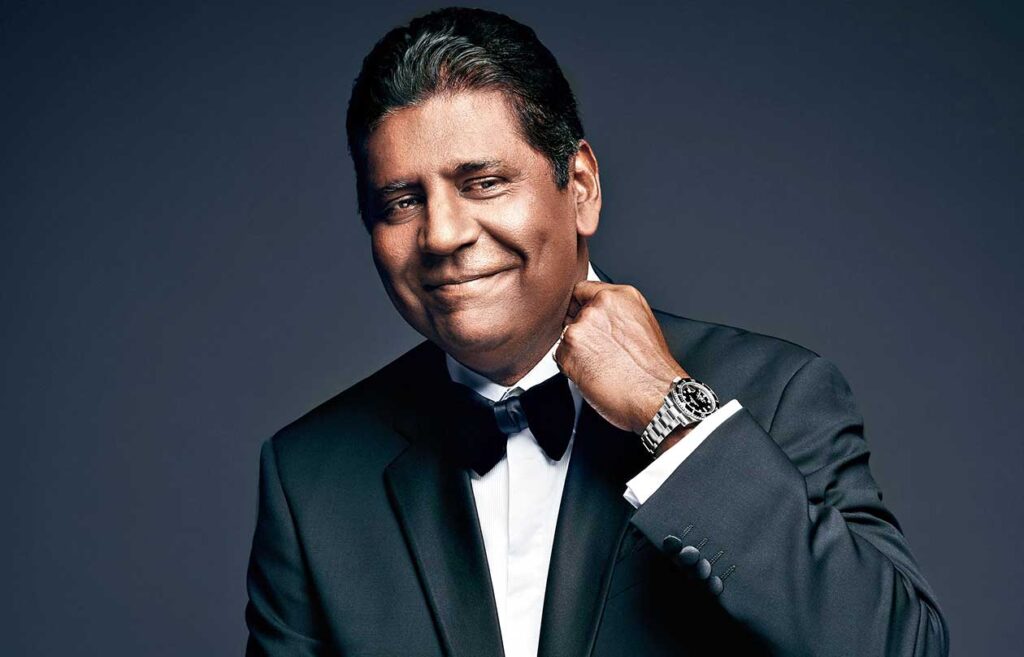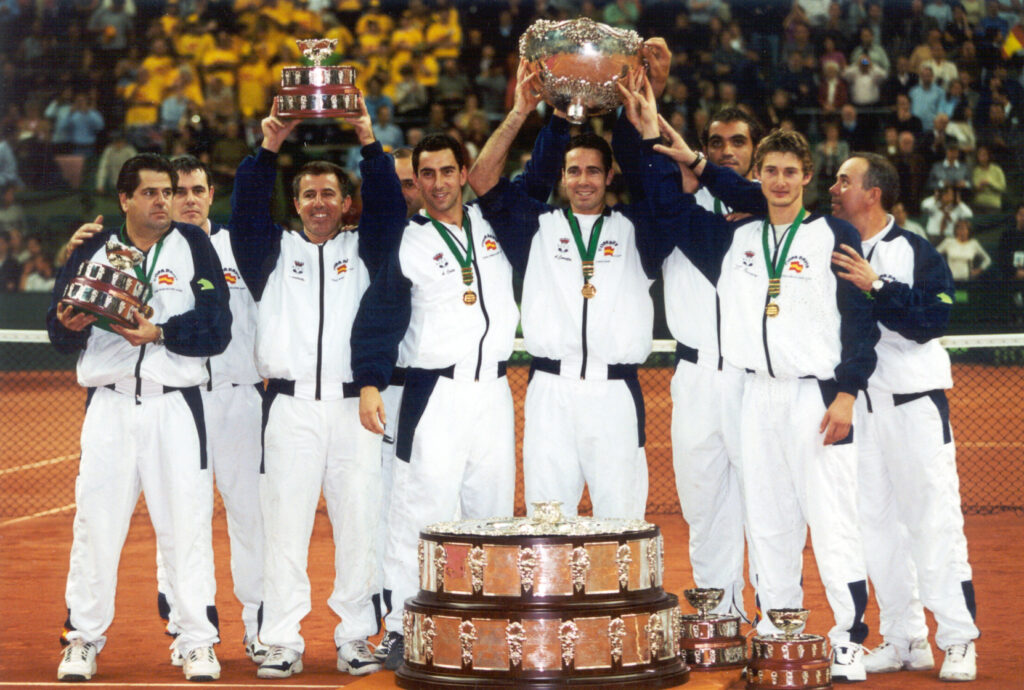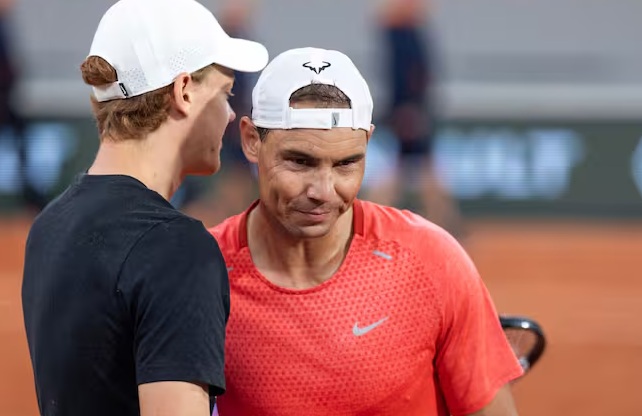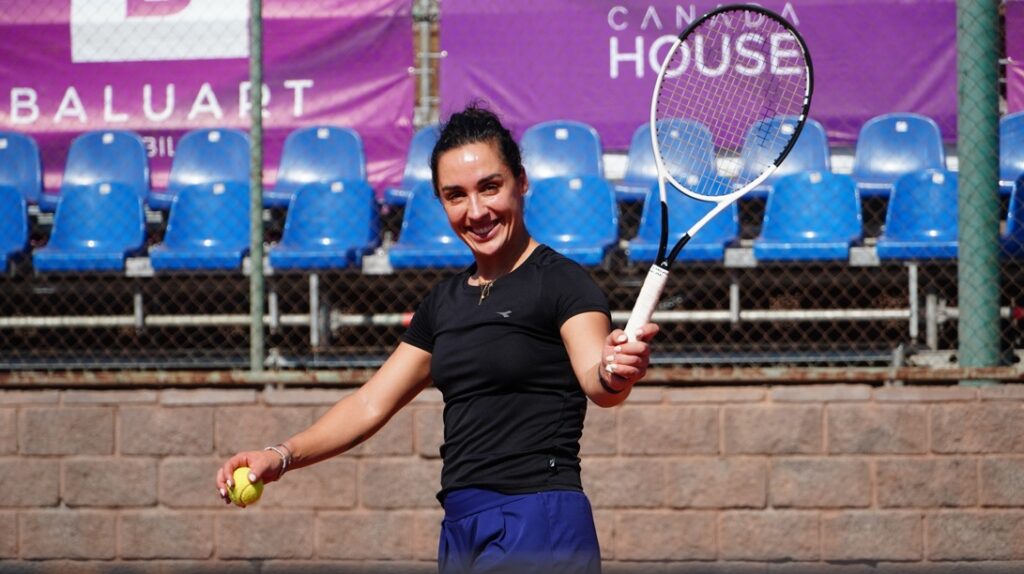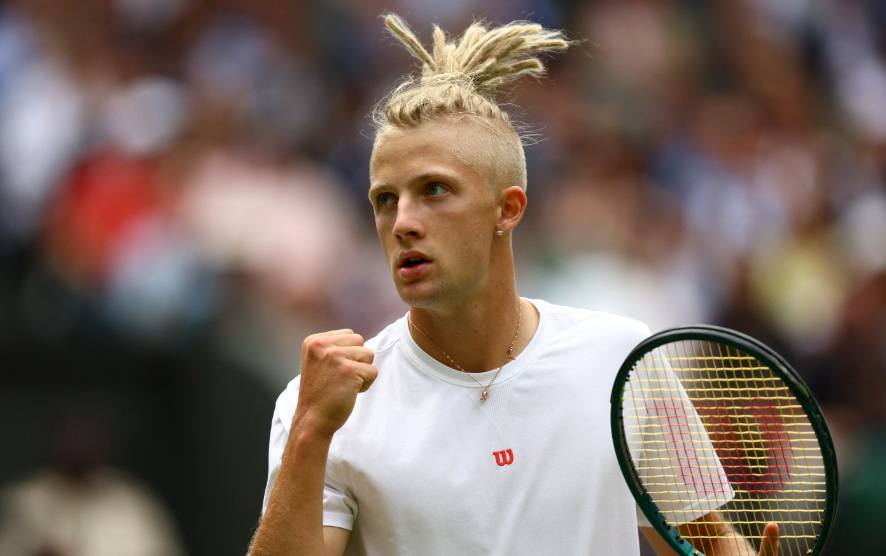If, instead of putting all his efforts into developing missiles, Kim Jong-un had managed to turn North Korea into an economic powerhouse above its southern neighbour, the ATP would soon be proudly announcing the Pyongyang Masters 1000.
Anything is possible today in the governing body of men’s tennis, which is why confirmation has arrived that Saudi Arabia will host the Masters 1000 it has been pushing for so hard. There are points in favour of holding a tournament of this magnitude there and many aspects against it, especially if nothing else changes in the rest of the calendar and the organisation of the circuit.
It is not a political issue. Saudi Arabia is a dictatorship, yes, but so is China, and no one would think that Qatar, the United Arab Emirates and Kazakhstan, three countries that are part of the ATP’s major tour, are democracies.
If the International Olympic Committee (IOC) and FIFA have never found a formula to resolve the contradiction between inclusive and open sport and the various dictatorships that have hosted and will host the Olympics and World Cups, much less can a relatively small organisation such as the ATP be expected to resolve this.
No, this is not about politics. It is about sport, it is about tennis. And it is about the feeling that tennis is not what matters most.

When Andrea Gaudenzi, president of the ATP, says that ‘Saudi Arabia has shown a genuine commitment to tennis, not only at the professional level, but also to the growth of the sport in general at all levels,’ it is clear that he is not lying: the Riyadh government, through the Public Investment Fund (PIF), one of the most powerful sovereign wealth funds in the world, literally supports men’s tennis today. Just look at the ‘PIF ATP Ranking’. Or think about that mega-million-dollar exhibition called the Six Kings Slam.
And when it is given a place on the calendar from 2028, presumably in February, between Australia and Indian Wells/Miami and as part of the weeks that also include the ATP tournaments in Dubai and Doha, it all sounds perfectly logical… until you look to the southern hemisphere.
Gaudenzi’s statement makes perfect sense if you replace ‘Saudi Arabia’ with ‘Argentina’, ‘Brazil’ or “Chile”. Read and decide for yourself: ‘Argentina has demonstrated a genuine commitment to tennis, not only at the professional level, but also in the growth of the sport in general at all levels.’
There are differences between the three countries; you cannot compare the development and deep-rootedness of tennis in Argentina with what is happening in Brazil or Chile. But in those two countries there is passion, growing passion and history. And in Brazil there is also a lot of money.
Is it necessary to count the number of exceptional tennis players, number ones, countless top tens, titles in the four major tournaments, in the Davis Cup, Olympic medals and a long list of other achievements that South America and Latin America in general have contributed to tennis?
Is it necessary to make the same list focusing on Saudi tennis and the region in general?
And this is not a problem with Saudi tennis, which has every right to develop and puts genuine enthusiasm (in the form of a lot of money) into a sport in which it will one day achieve success, of course. When Rafael Nadal’s entourage – ambassador for Saudi tennis – is asked about what is happening there, the praise for Arij Mutabagani, the first woman to chair its tennis federation, is sincere and enormous.
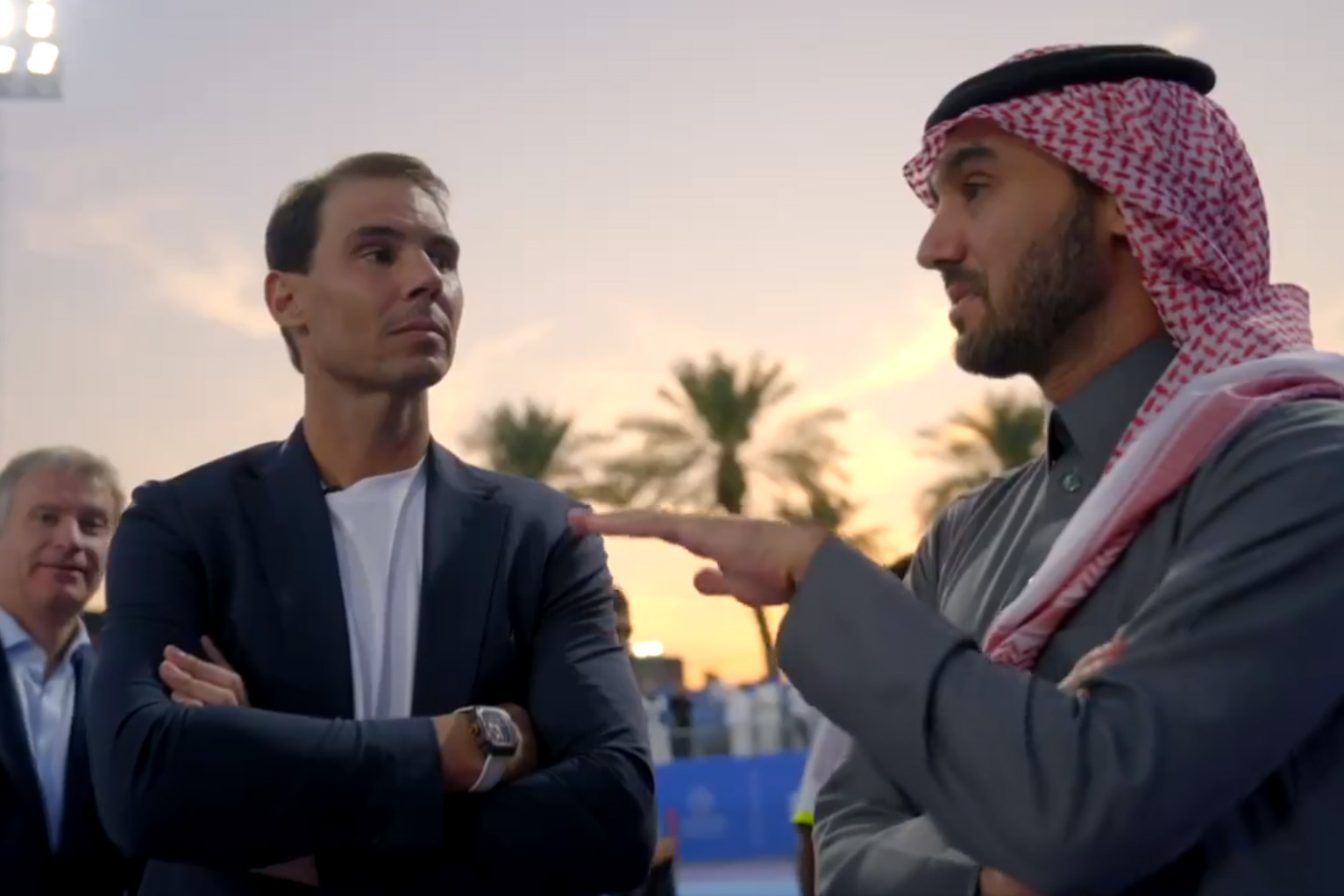
There is clearly something good and interesting happening in this country of 35 million inhabitants, which many refer to as the desert kingdom.
But there is one undeniable fact: every region, continent and subcontinent in the world has a Grand Slam or a Masters 1000 tournament. Except Africa and Latin America.
Is there any need to explain why?
Perhaps there is. Mariano Zabaleta, vice-president of the Argentine Tennis Association (AAT), recently recounted the huge surprise at Roland Garros when he said that the governing body of Argentine tennis works with a budget of $2.5 million. Per month?
No, per year, replied Zabaleta. And the French couldn’t believe it. Tennis and sport today are driven by money, and no one wants a model that is so efficient that it can turn a country with only $200,000 a month into a tennis powerhouse. It would be ruinous for many in tennis.
Every February, precisely the month in which the Saudi Masters 1000 will presumably be played from 2028 onwards, the Buenos Aires Lawn Tennis Club, the Jockey Club de Gávea and the San Carlos de Apoquindo stadium are filled with spectators thirsty for tennis. They love the sport and have a ‘genuine commitment to tennis’, in the words of the ATP.
Perhaps the ATP will understand this one day… On the day Gaudenzi sets foot in South America for the first time after six years as the head of men’s tennis?
